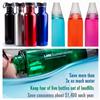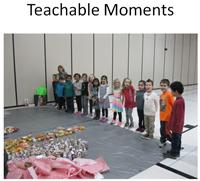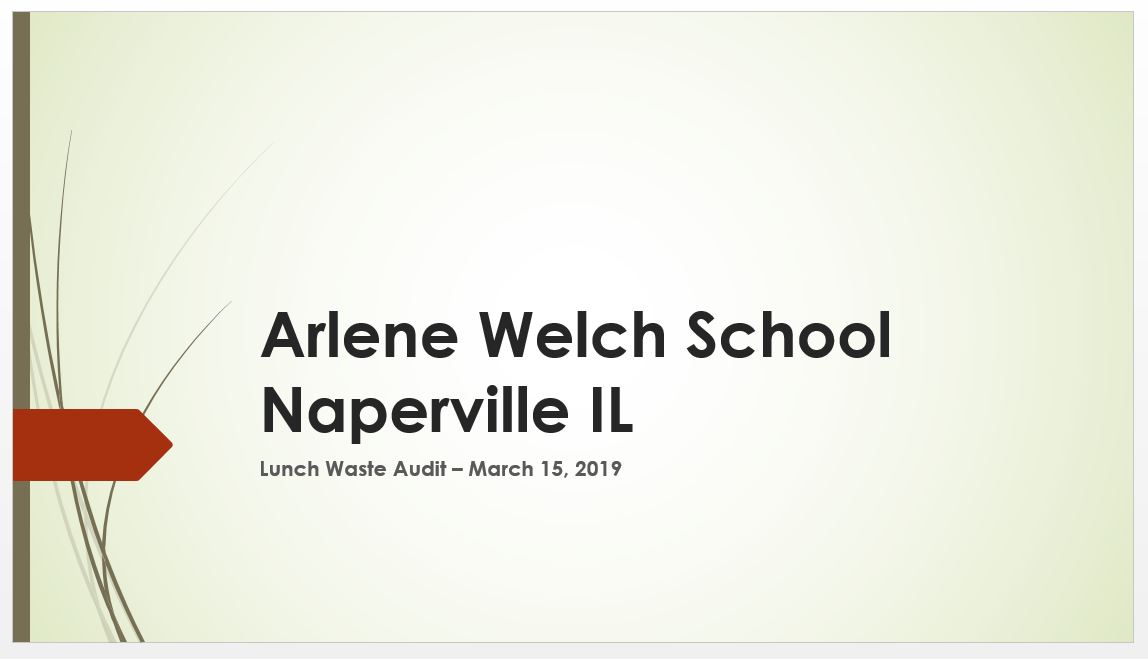Packing a Waste-Free Lunch
Reduce waste whenever possible by making choices that eliminate waste or encourage recycling and composting:

Use Cloth Napkins
It takes 20,000 gallons of water and 17 trees to make one ton of paper towels. Cloth napkins can be tossed in the regular wash without much impact and be used for decades. They can be turned into dust cloths if they become stained or worn and be recycled when no longer reusable.
A few reasons to switch to cloth napkins in your lunch box or at your dinner table include:
- They usually absorb more liquid than paper napkins.
- They educate children about reuse and durability.
- Cloth napkins can be made from other cloth remants.
- Purchasing a set of cloth napkins will save money over the purchase of paper napkins.
- They can double as a placemat.

Use a Durable Lunch Bag or Box
Paper and plastic bags for lunch encourage kids to toss out uneaten food along with the bag that carried it. Small kids tend to enjoy bright, reusable lunch boxes while older kids and adults and may prefer solid color larger containers with room to hold snacks for after school activities. Either way, you want a container with room for freezer pack and possibly a thermos to accomodate variety and changing tastes.

Glass, Plastic or Steel Food Containers
Sandwiches may be wrapped in the cloth napkin or a reusable sealed container. The choice is yours, but if the item will be placed in a microwave, glass is the best choice, followed by plastic that is marked "Microwave Safe." Never use foam plastic take out containers in the microwave!

Refillable and Reusable Beverage Container
Water bottles are popular, but whenever possible, purchase and use durable, washable, refillable beverage containers. Wide mouth openings make washing the inside easier and adding ice cubes a breeze!

Individual Servings from Bulk or Large Quanities
Avoid pre-packaged invidual servings. Instead, purchase in larger quanity or in bulk and repackage at home into reusable, washable serving containers. This usually saves money and increases variety. Consider the following ideas:
- A handful of carrots, celery sticks, grapes or berries
- Spooning yogurt from a quart to a small container (mix sweetened with plain to cut sugar)
- Leftover dinner foods or a bowl of soup
- Apple slices (studies show kids eat slices more often than whole apples)
- An Orange
Sending a reusable lunch offers the opportunity to learn more about your child's eatting habits as it is natural to bring home what wasn't eaten. Learn if their tastes change, if they socialize more than eat, or even if they need more to eat! Get them involved in preparing the lunch - helping to wash fruit or pack it themselves depending upon their age.

Click the highlighted title to see a pdf of a presentation on the Lunch Waste Audit conducted at Libery School in Plainfield in January of 2017. The teachers and students learned about the waste generated from lunch (the lunch offered by the school and the lunches students brought from home). They sorted the waste steams to identify recyclables and compostable items. The objective is to adopt practices that will reduce the total amount of waste.
In March of 2019, Arlene Welsh performed a Waste Audit. Please click the image for a power point depicting the event and some of the lessons learned.

©2010 Will County EEC. All Rights Reserved | Web site design and development by Americaneagle.com
|